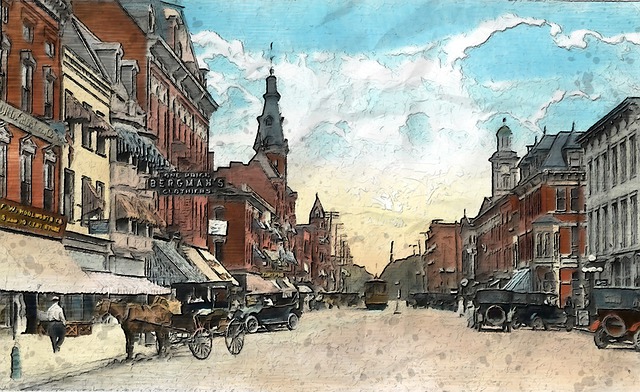
Social Security’s role in America’s history can be traced back to as early as the Civil War, as we looked at last week in our post “The History of Social Security Part 1: Civil War Pensions.” As the 20th century got underway, new resources for older Americans were needed outside of Civil War pensions. Company pensions served as one way that older workers could plan for retirement. However, only about 15 percent of those in the workforce were able to receive company pensions by 1932. This option, not widely available to the majority of Americans, could not serve as a permanent solution, but it paved the way for programs to come.
The Great Depression’s Role in Social Security
The Great Depression drastically changed outlooks for older workers. According to the Social Security Administration, more than half of elderly Americans experienced financial insecurity by 1934. Many seniors were unable to support themselves. States moved quickly to establish old-age pensions, with 30 states implementing them in some form by 1935. However, these pensions were insufficient, and few seniors received any funds from them. Strict restrictions and stigma surrounding welfare made it hard for seniors to get the help they deserved.
The economic downturn of the Great Depression also came with calls for change. Many of the proposals at this time called for guaranteed incomes and pensions with fewer restrictions. Though some of these proposals had thousands, if not millions, of supporters, none reached widespread popularity or approval at the polls. These radicals calls for change were met with a response from the establishment that would form the basis for Social Security.
Learn More About the History of Social Security in Part 3
Part 3, on the beginnings of what we now know as Social Security, is coming next Friday.
The Seniors Center is here to offer resources that can help seniors navigate Social Security. We are also calling on Congress to pass legislation protecting the future of this important program. We invite you to learn more about our mission today. And follow us on Twitter and Facebook to learn more about the history of Social Security!



